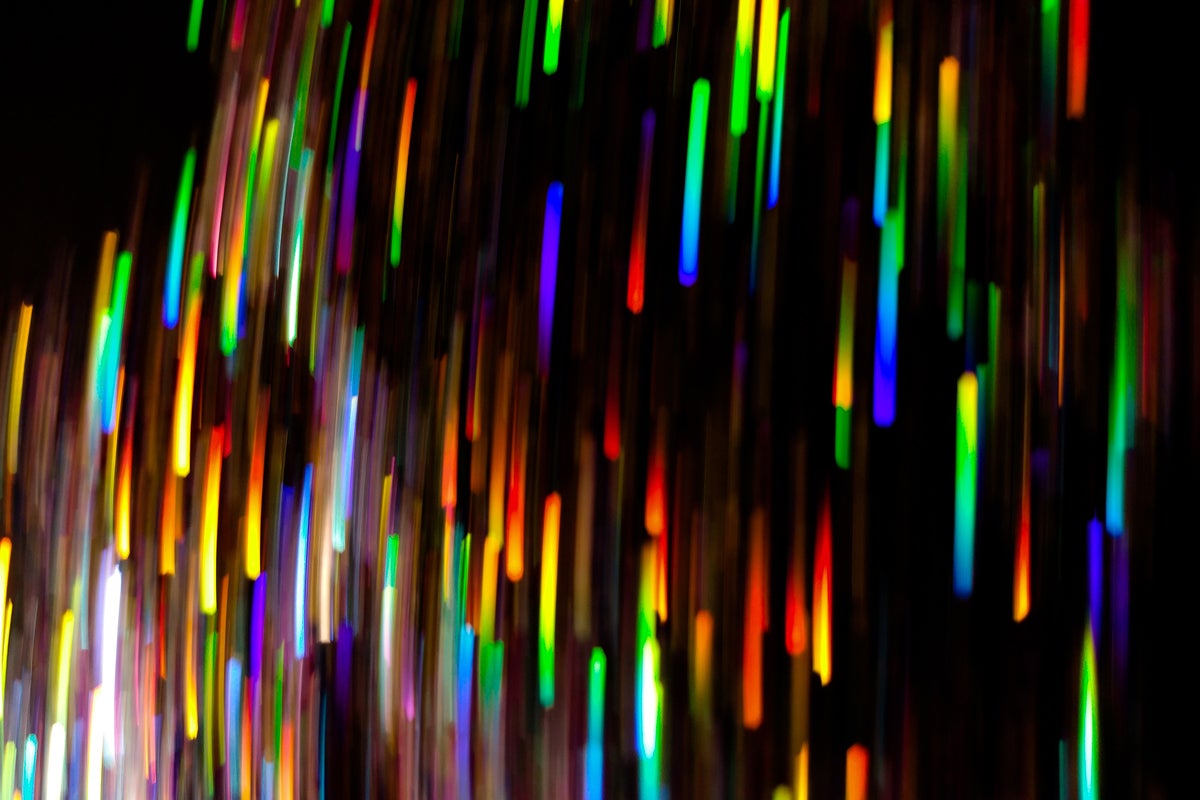A new technique from researchers with the University of Central Florida could make more light wavelengths available for a number of scientific applications, including biochemistry, metrology and spectroscopy. Their findings were published recently in Nature Communications.
The technique would increase the number of available, already existing wavelengths, that scientists could access, thereby increasing the resolution needed in a variety of settings, ranging from viewing biomolecules in biochemistry to standardizing units of measurement in metrology and using light for scientific analyses in spectroscopy.
“In a sense it’s like choosing your color,” says Demetrios Christodoulides, a professor in UCF’s College of Optics and Photonics and a co-author of the study. “Once you have the color going all the way from UV to infrared, you can select colors for whatever experiment you’d like to perform. People really like to have this capability.”
The researchers achieved the increase in wavelengths by using a unique approach that involved tapering, or gradually decreasing, the size of the fibers that a laser beam travels on.
“Because of the tapering of the fibers, the power goes up in the system,” Christodoulides says. “You may start with a few kilowatts of power, but then because the cross-section becomes smaller and smaller, the power increases significantly because you’re concentrating it in small areas. If you put that together with some other factors and a high-power laser pulse, you induce what we call a supercontinuum, a uniform, clean spectrum of colors.”
Co-authors of the study included Mohammad Amin Eftekhar and Zeinab Sanjabi Eznaveh, graduates of UCF’s College of Optics and Photonics doctoral program; Helena Lopez-Aviles and Sepehr Benis, doctoral students in UCF’s College of Optics and Photonics; Jose Enrique Antonio-Lopez, a research scientist in UCF’s College of Optics and Photonics; Miroslav Kolesik, a professor of optical sciences with the University of Arizona; Frank Wise, a professor of applied and engineering physics with Cornell University; and Rodrigo Amezcua Correa, an assistant professor in UCF’s College of Optics and Photonics.
Christodoulides is a Pegasus Professor of optics and photonics and a Cobb Family Endowed Chair. He received his doctorate in 1986 from Johns Hopkins University. He joined UCF in 2002.




